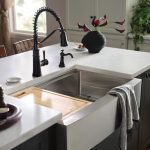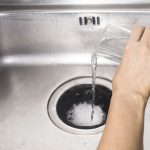I. Introduction: Understanding the Problem
A. The Daily Struggle with Weak Faucet Flow
The moment you turn on your bathroom sink faucet, expecting a steady stream of water to rinse away toothpaste or wash your hands, only to be met with a feeble trickle, is a frustrating experience. This low water pressure not only disrupts daily routines but also impacts your overall satisfaction with your home environment.
B. Health and Hygiene Implications of Poor Sink Water Pressure
Insufficient water flow can hinder proper handwashing, reducing its effectiveness in removing germs and bacteria. Moreover, it may make tasks like brushing teeth, shaving, or washing face masks more challenging, potentially compromising personal hygiene standards.
C. Economic Consequences: Increased Water Consumption and Potential Plumbing Costs
Low sink water pressure often leads to longer water usage as individuals compensate by leaving the faucet on for extended periods. This results in higher water bills and contributes to unnecessary waste. Additionally, unresolved pressure issues can escalate into more severe plumbing problems, such as leaks or burst pipes, which can incur significant repair costs.
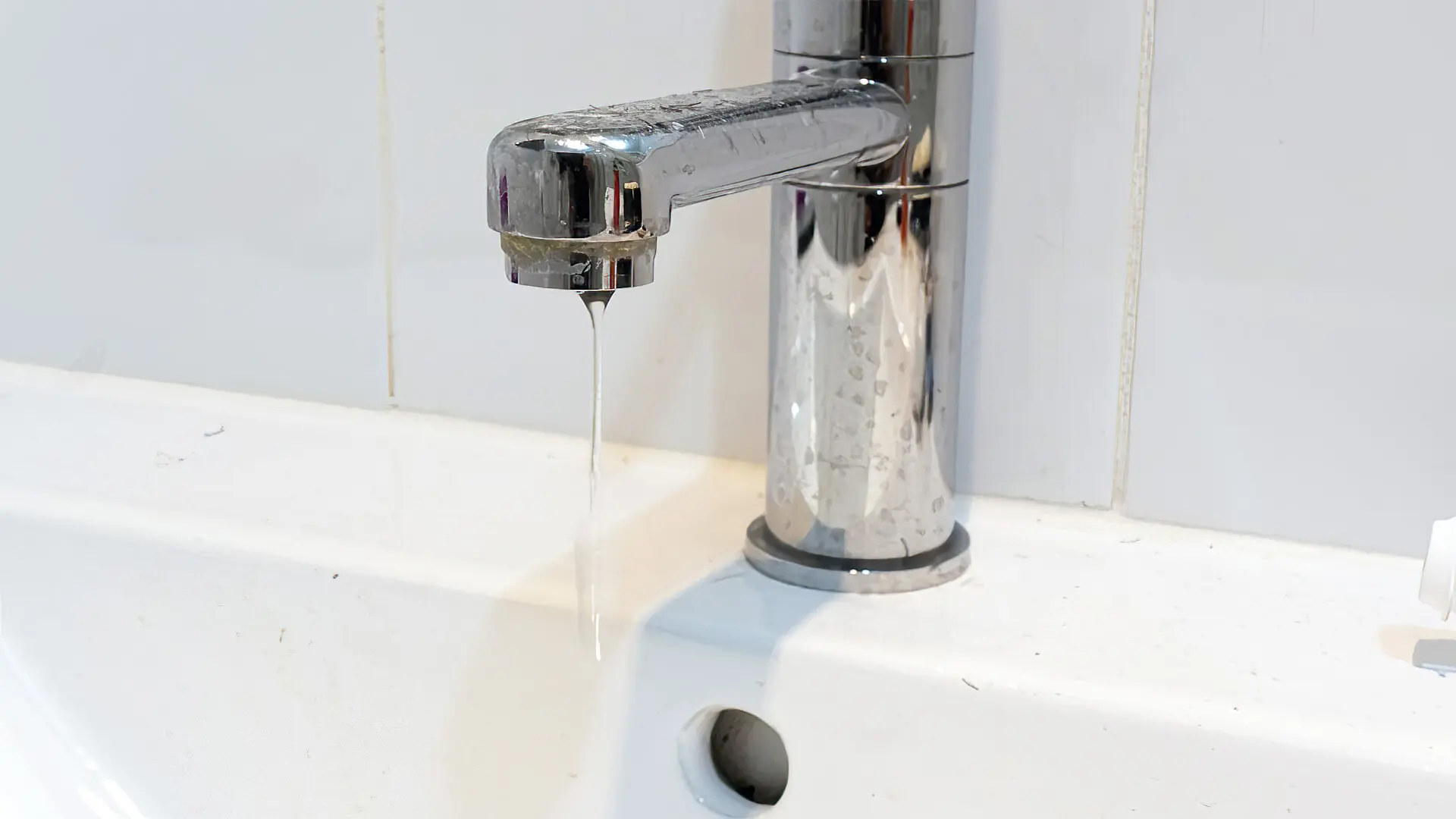
II. Identifying the Culprits: Common Causes of Low Sink Water Pressure
A. Clogged Aerator: Tiny Troublemakers in Your Tap
The aerator, a small mesh screen located at the tip of your faucet, can become clogged with sediment, mineral deposits, or debris, obstructing water flow. This is one of the most common and easily remedied causes of low sink water pressure.
B. Mineral Buildup in Pipes: The Silent Suffocator
Over time, hard water minerals like calcium and magnesium can accumulate inside pipes, gradually narrowing their internal diameter and restricting water flow. This buildup, known as scaling, can significantly reduce sink water pressure if left unchecked.
C. Faulty Valves and Plumbing Fixtures: Leaks and Limitations
Malfunctioning valves, such as the shut-off valve under the sink or the pressure regulator in your home’s main supply line, can contribute to low water pressure. Similarly, worn or damaged fixtures like faucets and cartridges may restrict water flow or cause leaks, further exacerbating the issue.
D. Water Supply Issues: Municipal or In-House Malfunctions
Problems with your municipal water supply or issues within your own home’s plumbing system, such as a failing water pump or a partially closed main shutoff valve, can lead to reduced water pressure throughout your entire house, including the bathroom sink.
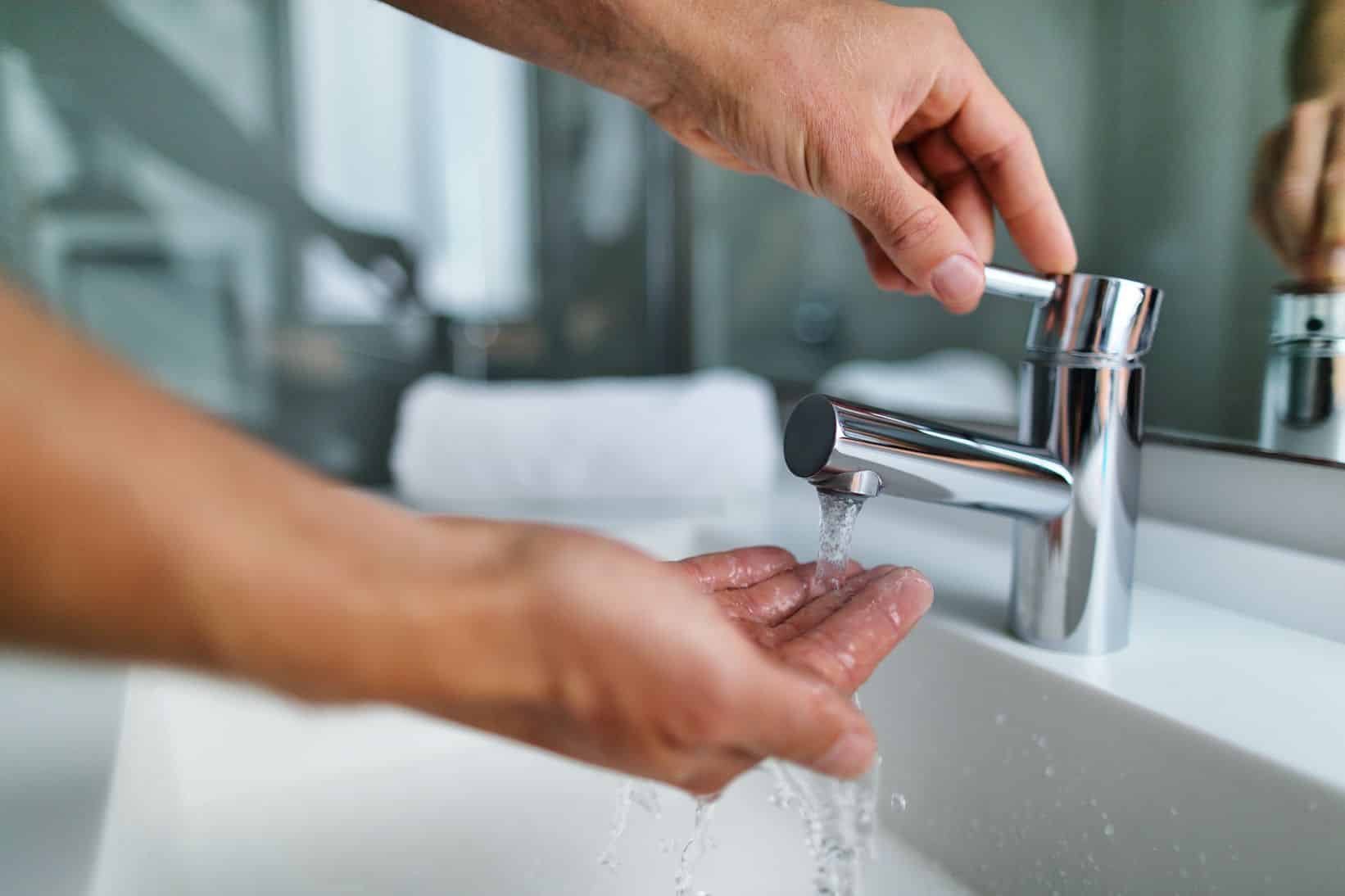
E. Aging Plumbing Systems: Decades of Wear and Tear
Older homes with outdated plumbing infrastructure may suffer from inherent design limitations or degradation over time, resulting in chronically low water pressure. In these cases, comprehensive upgrades or renovations may be necessary to restore optimal performance.
III. Diagnostic Steps: Pinpointing the Root Cause of Your Sink’s Low Pressure
A. Visual Inspection: A First Glance at Potential Problems
Begin by examining the faucet, looking for signs of corrosion, leaks, or damage. Check the shut-off valve under the sink for proper operation and any visible issues. Observe the water flow from other fixtures in your home to determine if the problem is isolated to the bathroom sink or widespread.
B. Functional Testing: Isolating the Sink from Other Water Sources
Shut off the water supply to all other fixtures and appliances, then test the sink’s water pressure. If it improves, the issue likely lies within your home’s plumbing. If not, it could be a municipal supply problem or an issue specific to the sink itself.
C. Pressure Gauge Measurement: Quantifying Your Water Pressure
Use a pressure gauge to measure the water pressure at the faucet or the main supply line. A reading below 40 psi (pounds per square inch) typically indicates insufficient pressure, while pressures above 80 psi may be too high and cause strain on your plumbing.
D. Disassembly and Inspection of Aerator and Internal Components
Remove the aerator and inspect it for clogs or mineral buildup. If possible, disassemble other faucet components to check for damage or blockages that could be hindering water flow.
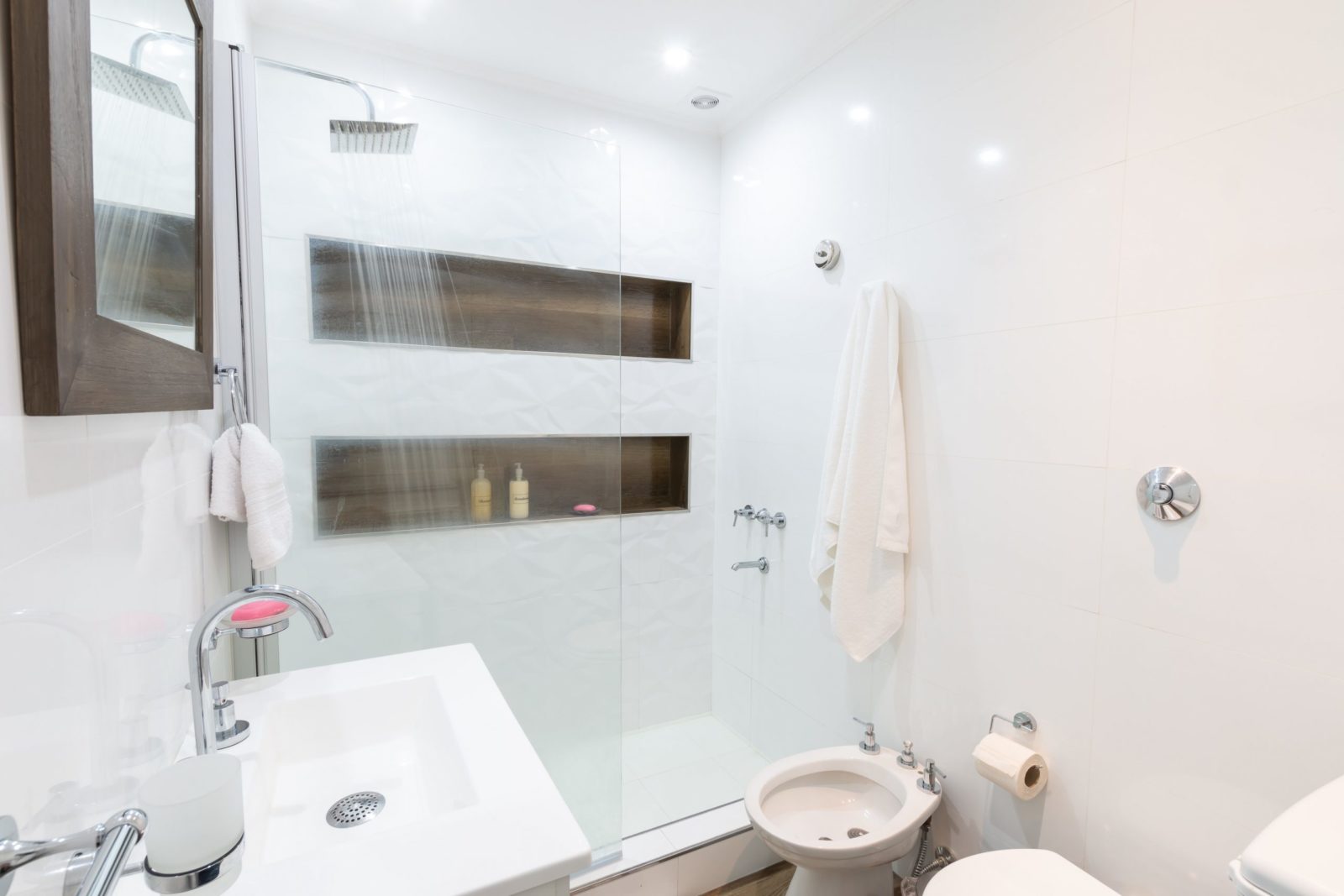
IV. DIY Solutions: Tackling Low Sink Water Pressure Yourself
A. Cleaning or Replacing the Aerator: A Simple Fix for Significant Improvement
If the aerator is clogged, clean it using vinegar or a specialized cleaning solution, or replace it with a new one. This quick and inexpensive fix often resolves low sink water pressure issues.
B. Descaling and Flushing Out Mineral Deposits: Restoring Pipe Integrity
For pipes with mineral buildup, use store-bought descaling solutions or homemade mixtures like vinegar and baking soda to dissolve and flush out the deposits. Regularly performing this maintenance can help maintain healthy water pressure.
C. Adjusting or Repairing Valves and Fixtures: Ensuring Proper Functionality
Tighten loose valves, repair or replace faulty ones, and address any leaks in plumbing fixtures. Properly functioning components are crucial for maintaining consistent water pressure.
D. Addressing Water Supply Issues: From Main Valve Maintenance to Water Softener Installation
If your home’s main water valve is partially closed or malfunctioning, open it fully or have it repaired. Installing a water softener can help prevent mineral buildup in your pipes and improve overall water pressure.
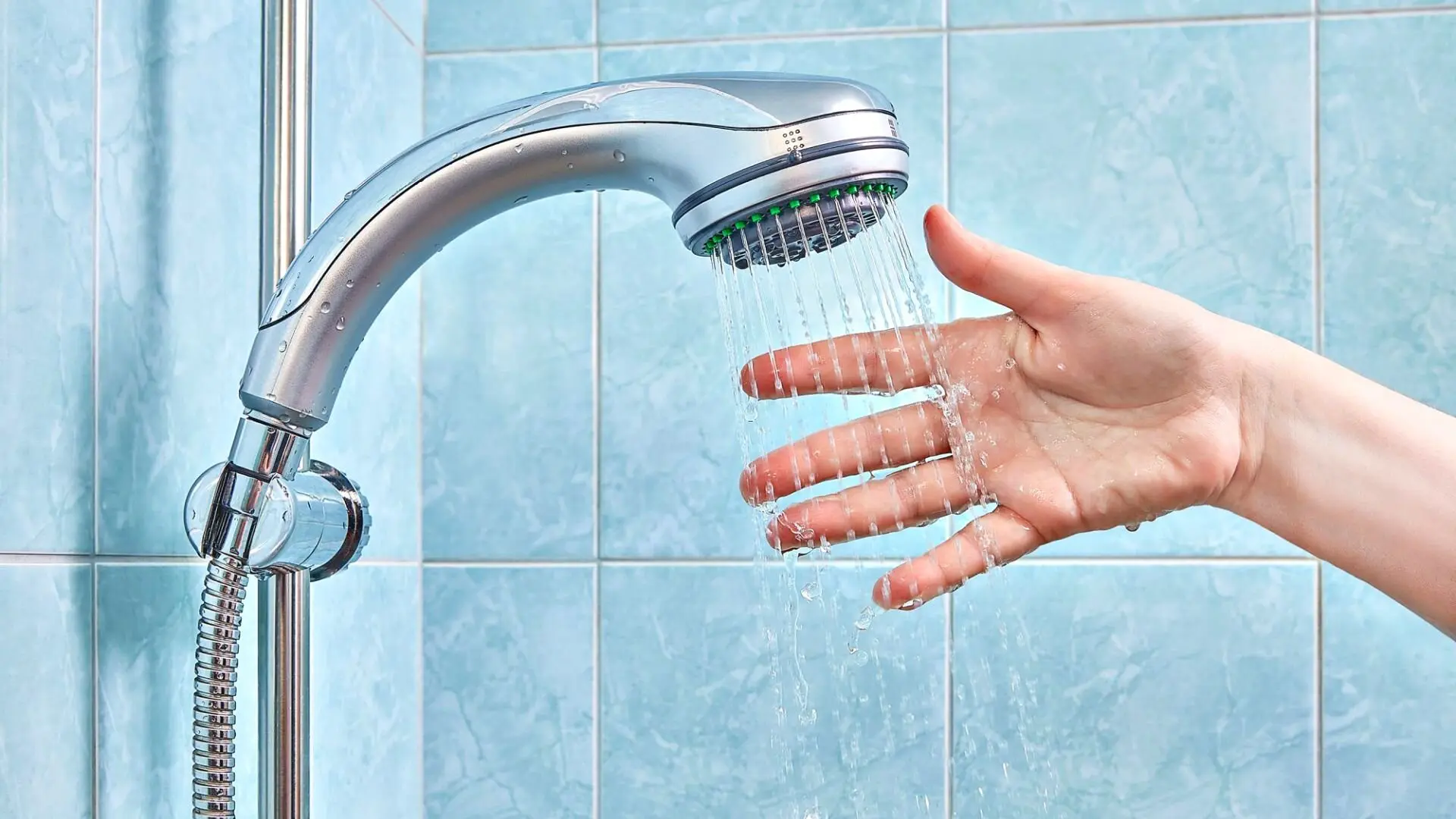
E. Retrofitting or Upgrading Aging Plumbing: When Repairs Aren’t Enough
For older homes with persistent pressure problems, consider upgrading to modern, high-efficiency plumbing systems or replacing sections of deteriorated piping. While this may require a larger investment, it can significantly boost water pressure and extend the life of your plumbing.
V. Professional Intervention: Knowing When to Call in the Experts
A. Complex Diagnoses and Advanced Repairs: When DIY Falls Short
If you’ve exhausted DIY options or encounter complex issues like hidden leaks or systemic plumbing problems, consult a licensed plumber. Their expertise and specialized tools can help identify and resolve issues that might elude amateur efforts.
B. Identifying Hidden Leaks and Systemic Issues: The Expert Eye
Professional plumbers can detect hard-to-find leaks and assess the overall health of your plumbing system, ensuring that any underlying issues contributing to low sink water pressure are addressed.
C. Ensuring Code Compliance and Safety: Avoiding DIY Pitfalls
Attempting complex repairs or renovations without proper knowledge or permits can result in code violations, safety hazards, and increased costs down the line. Trusting professionals ensures work is done safely and up to code.
D. Long-Term Prevention and Maintenance Plans: Partnering with Plumbers
Plumbers can provide tailored advice on maintaining your plumbing system, preventing future pressure issues, and scheduling regular inspections to catch potential problems early.

VI. Conclusion: Turning Frustration into Relief
A. The Value of Timely and Effective Action in Resolving Sink Water Pressure Issues
Addressing low sink water pressure promptly not only alleviates daily frustration but also safeguards your home from potential water damage, saves money on utility bills, and promotes a healthier living environment.
B. Balancing DIY Efforts with Professional Assistance for Optimal Results
Combining DIY troubleshooting and simple fixes with professional guidance when needed allows homeowners to efficiently resolve water pressure issues while ensuring the integrity and longevity of their plumbing systems.
C. Investing in Plumbing Health for a Comfortable, Efficient, and Sustainable Home
By understanding the causes of low sink water pressure, taking proactive steps to diagnose and address issues, and partnering with professionals when necessary, homeowners can transform a once

